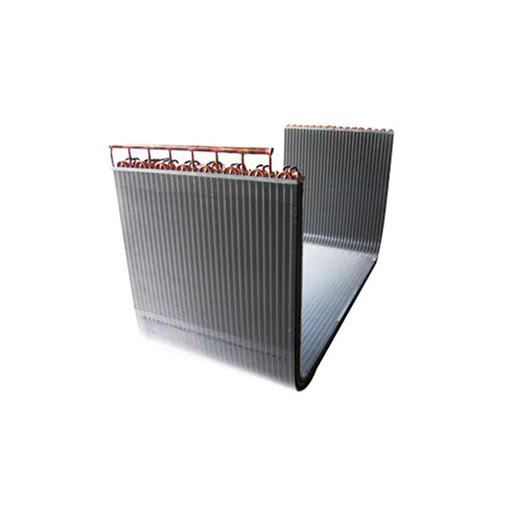Condenser Coil Replacement
Standard replacement of condenser coil per industry standards.

This is a standard condenser coil replacement, wherein we remove and replace the existing condenser coil to insure proper unit repair. Often, we find leaks in coils and they are situated in areas that are simply not repairable. Even when they are repairable, that repair is at no-warranty and considered a temporary fix. When condenser coil replacements are needed, it is often considered versus an entire-unit replacement due to the sheer expense.
Definition: The condenser coil basically has the opposite function of the evaporator coil. Where the evaporator coil captures heat from the air, the condenser coil releases it. After the refrigerant has been compressed, it passes through the condenser coil. In the condenser coil, the refrigerant vapor turns into a liquid.
Scope of Work
- Perform required lockout/tag out safety protocol of NFPA70E of all high voltage electrical circuits prior to beginning work on the unit.
- Recover remaining refrigerant from the coil circuit and dispose of properly per EPA standards.
- Disassemble unit in order to access and remove existing coil for disposal and/or warranty return if applicable.
- Furnish and install new condenser coil and up to (2) liquid line dryers as required.
- Pressure test all newly soldered connections with dry nitrogen to 250 psi to ensure all welds are leak-free.
- Evacuate both refrigerant circuits to 500 microns as per industry standards.
- Recharge system with refrigerant (Freon) to manufacturer’s specifications.
- Basic start-up and testing of newly installed coil to ensure that it is performing with in manufacturers specifications per the unit’s nomenclature.
This article has been shared by Direct Service, Construction and Design to specifically accommodate our intended clientele. The intent of sharing this information is to better inform the public of these general topics, expand knowledge and safety for all and provide crucial information in regard to their MEP and building systems and/or assets. It is NOT our recommendation that any article recommendations or how-to scenarios be attempted by anyone other than a qualified or competent person.
